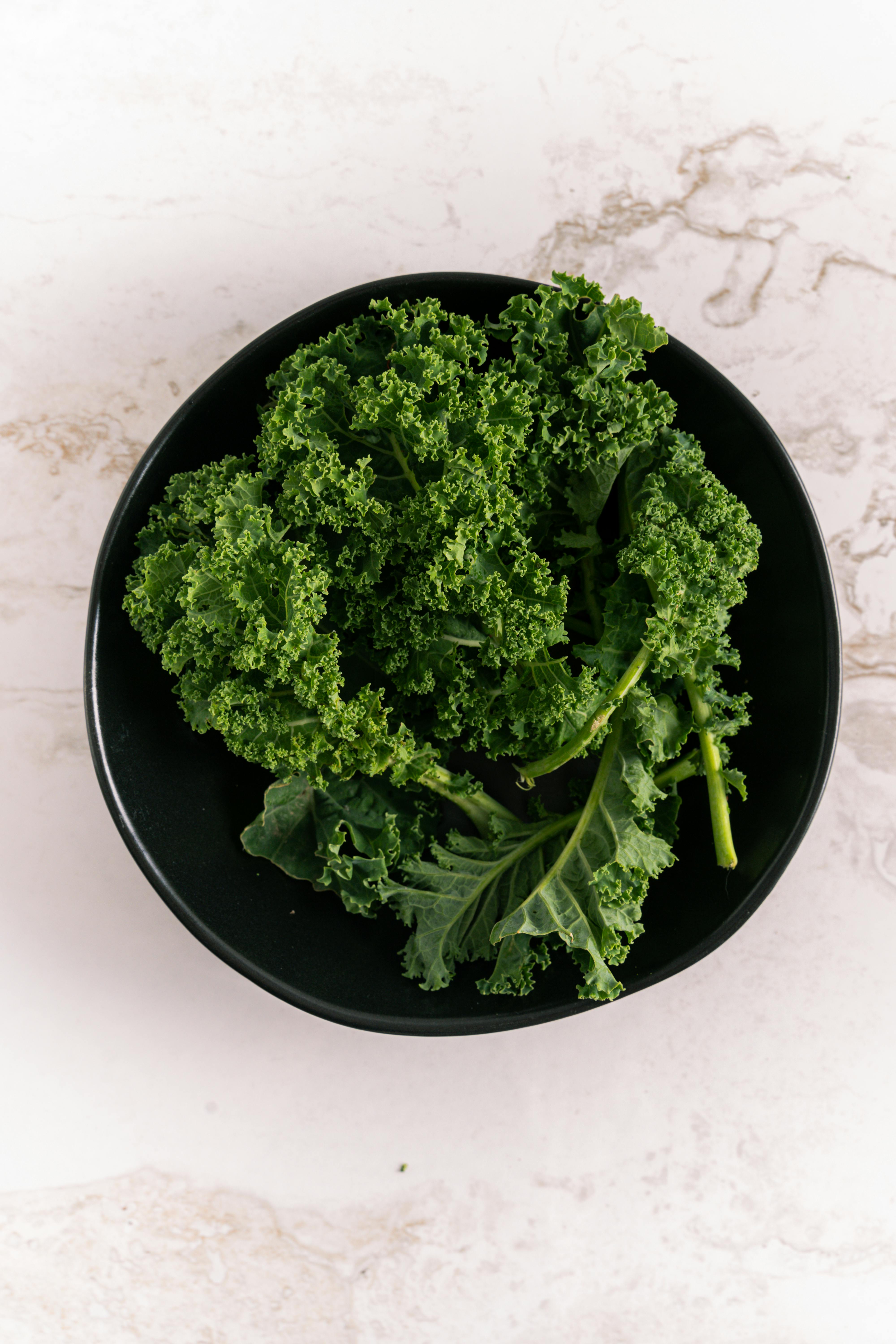Smart Ways to Enhance Mediterranean Diet Lunches in 2025
The Mediterranean diet has been praised for its rich flavors and numerous health benefits, making it a popular choice for those looking to enhance their lunchtime meals. Incorporating elements of this wholesome diet into your lunch routine can lead to improved energy levels, better overall health, and delightful culinary experiences. With a focus on fresh vegetables, lean proteins, and healthy fats, the Mediterranean diet promotes balanced nutrition while offering a variety of delicious options.
In 2025, it's essential to explore innovative ways to elevate your Mediterranean diet lunches. From meal prep to refreshing recipes, this article covers smart ideas to enhance your midday meals, ensuring they are nutrient-dense, satisfying, and packed with flavors. By embracing easy lunch ideas and Mediterranean meal prep strategies, you can create lunches that not only nourish your body but also delight your taste buds.
Key takeaways include the exploration of customizable lunches, incorporating fresh ingredients, and optimizing recipes for meal variety. Let’s dive deeper into some practical options for creating enjoyable and healthy Mediterranean diet lunches!
Essential Techniques for Mediterranean Meal Prep
Building sustainable lunchtime habits begins with effective meal prep. Knowing how to prepare meals in advance can save time during busy weekdays while ensuring healthy options are readily available. Meal prep techniques for Mediterranean diet lunches focus on simplicity and freshness.
Batch Cooking Basics
Batch cooking is an excellent way to ensure you have a variety of meals ready to go. By making large quantities of staple foods like quinoa, lentils, or brown rice pilaf, you can easily mix and match these components throughout the week. These nutrient-dense bases can be added to salads, wraps, or bowls, providing healthy carbohydrate sources to fuel your day.
Additionally, grilled vegetables can be prepared in advance and used in sandwiches, pasta dishes, or as sides. Items such as roasted red peppers and zucchini are simple to grill and store, enhancing the flavor of your meals while remaining nutritious.
Utilizing Seasonal Ingredients
Incorporating seasonal produce into your meal prep ensures that your meals are fresh and flavorful. Markets in 2025 will burst with greens, tomatoes, cucumbers, and a variety of herbs. Use these ingredients to create vibrant salads for lunch—like chickpea salad with a zesty olive oil dressing or classic Greek salad loaded with colorful vegetables and feta cheese dishes.
Seasonal fruits can also elevate your meals. Adding fresh fruits like figs or peaches to your salads or as a stand-alone snack can contribute to a balanced diet filled with antioxidants and necessary vitamins.
Portion Control and Balanced Nutrition
Maintaining portion control while ensuring balanced nutrition is vital for effective meal prep. Smart cooking methods such as preparing protein-packed salads with chickpeas or grilled chicken help manage portion sizes while still providing heart-healthy fats and lean protein for your lunches.
By meal portioning, you can combine whole grain options with healthy fats like olives and dressings made from yogurt and herbs. This not only keeps your meals satisfying but also ensures that they are well-rounded and nutritious, striking the right balance for your lunchtime intake.
Quick Healthy Lunch Ideas
When time is tight, knowing quick healthy lunch options can make a significant difference. Mediterranean wraps made with whole wheat pita are perfect for a speedy lunch. Add protein sources like grilled chicken or falafel, along with fresh vegetables and hummus, for a delicious, satisfying meal that’s ready in minutes.
Simple cooking techniques can also enable you to whip up delicious Mediterranean meals quickly. For example, an easy recipe for vegetable fajitas requires sautéing your preferred vegetables paired with spices. Toss these into a whole wheat tortilla for a quick yet nutritious lunch option.
Flavorful Dressings and Add-Ons
Elevating your meals with flavorful dressings adds zest to your lunch. Homemade tzatziki sauce is not only easy to prepare but also enhances the taste of many dishes, such as grilled vegetables or as a dip for pita bread. Furthermore, utilizing fresh herbs in your meals will elevate the taste while imparting various health benefits.
Experimenting with seasonings and various flavor profiles will keep your meals exciting. For instance, incorporating olive oil dressing on your salads can boost omega-3 levels while allowing for personalization to cater to individual taste preferences.
Building Customizable Mediterranean Bowls
Customizable meals are trending in 2025, and Mediterranean bowls fit perfectly into this concept. These bowls can be adjusted to meet dietary goals and personal preferences, making lunchtime enjoyable and versatile.
Base Ingredients for Your Bowl
Every Mediterranean bowl starts with a base, typically featuring whole grains or greens. Quinoa tabbouleh is an excellent option, as it’s not only flavorful but also packed with nutrients. Alternatively, a fresh spinach and feta mix can form the foundation of your bowl, offering fiber and protein that keep you feeling full.
Adding roasted vegetables enhances the bowls’ complexity and flavor—think eggplant rollatini or seasonal squash. These contribute not only vibrancy but also essential nutrients.
The Value of Protein Sources
Incorporating protein is critical in establishing a balanced meal. Dishes that include plant-based proteins such as chickpeas or lentils align well with Mediterranean diet principles. For those wishing to introduce lean meat, seafood dishes like grilled salmon or shrimp can be included, offering heart-healthy fats alongside rich flavors and nutrients.
Consider also the use of feta cheese dishes, which serve as an excellent topping, combining flavor with added nutritional value to your customizable lunch bowls.
Incorporating Antipasto Elements
Another strategy for creating Mediterranean bowls involves incorporating antipasto ingredients. Think marinated olives, sun-dried tomatoes, and colorful fresh ingredients like bell peppers and artichoke hearts. These ingredients can create healthy alternatives that offer a variety of textures and flavors.
This approach not only makes meals visually appealing but also provides meal variety, catering to a range of dietary needs and preferences.
Essential Preparation Tips
Preparation is key to maintaining the versatility of these bowls. Invest in meal prep containers to separate each ingredient efficiently, ensuring that everything stays fresh throughout the week. Moreover, having a grocery shopping list tailored for Mediterranean diet ingredients allows you to shop smart, focusing on fresh produce and lean proteins.
By planning out your meals and understanding how to layer flavors and ingredients, you set yourself up for successful lunches that you can look forward to each day.
Combining Flavors and Textures
Balancing flavors and textures is essential in creating appealing bowls. Focus on combinations—pairing creamy elements like tzatziki sauce with crunchier elements such as fresh vegetables or roasted nuts. This mix and match approach not only boosts the flavor and satisfaction level of your meals but aligns them with Mediterranean culture's fun, vibrant dining experiences.

Delicious and Healthy Salad Options
Salads are a staple in Mediterranean cuisine, and they can also serve as light lunch recipes that are both energizing and satisfying. With endless possibilities, developing salads rich in nutrients is an appealing aspect of enhancing Mediterranean diet lunches.
Classic Greek Salad Variations
The classic Greek salad makes a perfect choice for easy salads. Incorporate fresh cucumbers, tomatoes, olives, and a generous sprinkle of feta cheese. Variations of this salad can include additional protein sources such as grilled chicken or even chickpeas for a plant-based boost.
The beauty of the Greek salad lies in its versatility. Adding different vegetables and fresh herbs allows for new flavor profiles every time you prepare it, catering to seasonal availability.
Protein-Packed Salad Ideas
Building protein-packed salads should also be a key focus. Consider lentil salads or quinoa salads packed with seasonal vegetables and roasted red peppers. Adding healthy fats, like nuts or seeds, can enhance the nutrient density while providing heart-healthy benefits beneficial for overall well-being.
Using yogurt dressings or even a classic olive oil dressing can contribute to additional flavors and healthy fats in these salads while allowing for light yet filling meals.
Mixing Various Ingredients
Experimentation should be welcomed when creating salads. Mix and match flavors—try combining fruits like watermelon with salty feta for a delightful contrast. Incorporating unique elements like roasted vegetables contributes additional depth while keeping meals fresh and exciting.
Additionally, using seasonal fruits can change the profile of your salads without requiring significant adjustments to the recipe. Throughout the year, different fruit choices will keep your salads engaging and nutritious.
Meal Balance and Nutritional Considerations
For a truly balanced meal, ensure a good mix of macronutrients in your salads. Healthy carbohydrates, protein sources, and healthy fats should be harmoniously included. Keeping track of portion sizes during preparation can aid in meal balance, resulting in satisfying lunches that nourish your body well.
The use of fresh ingredients reinforces this principle while offering culinary experiences that celebrate Mediterranean culture, making your meals genuinely enjoyable.
Customization for Dietary Needs
Salads offer flexibility for various dietary preferences—whether vegan options or gluten-free recipes are necessary. You can easily swap ingredients around to meet dietary recommendations without compromising on taste or enjoyment.
This customization allows everyone in a family to enjoy their lunchtime meals, promoting shared dining experiences while accommodating personal dietary goals.

Incorporating Heart-Healthy Fats and Proteins
Utilizing heart-healthy fats and proteins is central to the Mediterranean diet framework. These elements play a crucial role in enhancing meals while promoting overall health. In 2025, understanding their importance paves the way for delicious and responsible lunch choices.
Understanding Healthy Fats
Healthy fats from sources such as olive oil, avocados, and nuts are essential. Olive oil dressing not only complements a variety of dishes, but it also provides anti-inflammatory benefits crucial for a balanced diet.
Understanding the benefits of these healthy fats ensures that every lunch packed with flavor supports overall wellness and satiety, making every meal feel indulgent yet health-conscious.
Lean Proteins for Nutritional Value
Introducing lean proteins like grilled chicken, chickpeas, and legumes into your meals is pivotal for lunch satisfaction. For pescatarians, incorporating fish as a protein source is notable, given its benefits like omega-3 fatty acids for heart health.
Using these ingredients responsibly supports responsible dietary goals, ensuring lunches remain flavorful and nutrient-dense, satisfying both hunger and a healthier lifestyle.
Cultural Influence on Flavor Profiles
The culinary traditions of Mediterranean cultures offer insights into ingredient pairings that create vibrant meals. The emphasis on fresh ingredients and simple cooking techniques reflects an ethical consumption model that is thoughtful and health-promoting.
Incorporating these cultural influences into your lunch menu broadens flavor profiles while respecting the rich history of Mediterranean cuisine.
Simple Cooking Methods for Healthy Choices
Using simple cooking techniques not only saves time but also preserves the nutrients within the ingredients. Grilling, roasting, and steaming are excellent options to retain the integrity of flavor while facilitating quick meal preparation.
These methods can be tailored to create signature Mediterranean dishes or quick lunches that don’t sacrifice quality.
Mindful Eating Practices
Integrating mindful eating practices can foster a healthy relationship with food, especially during lunchtime. This approach encourages tuning into hunger cues and understanding personal preferences, leading to more satisfying meal choices.
Through mindful eating, the range of Mediterranean foods allows individuals to appreciate diverse flavors, textures, and nutritional benefits proactively.

Q&A Section: Enhancing Your Mediterranean Lunch Experience
What are some easy Mediterranean diet lunch ideas for beginners?
For beginners, starting with simple meal prep options like Greek salads or customizable Mediterranean bowls can work well. Utilizing canned chickpeas or frozen vegetables makes preparation straightforward while maintaining flavor and nutrients.
How can I incorporate more fresh ingredients into my Mediterranean lunches?
Opting for seasonal produce at local markets is an excellent way to incorporate freshness. Planning meals around what's available in your area fosters creativity and enhances the natural flavor of your lunchtime meals.
What are some healthy fat options in the Mediterranean diet?
Healthy fats like olive oil, avocados, nuts, and fish are central to the Mediterranean diet. Incorporating these into meals through dressings, snacks, or toppings helps increase both taste and health benefits.
How do I maintain portion control when preparing Mediterranean meals?
Using measuring cups and meal prep containers to portion out grains, proteins, and vegetables can assist in maintaining healthy serving sizes. Recognizing serving sizes and managing portions aids in portion control and ensures a balanced diet.
Are Mediterranean meals suitable for meal planning?
Absolutely! Mediterranean meals are ideal for meal planning due to their versatility and adaptability. By preparing components ahead of time, you can create a range of different lunches using the same base ingredients throughout the week.
